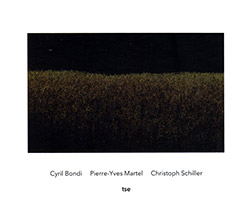
With backgrounds in both improvisation and compositional music, the new trio of Cyril Bondi on harmonium, Pierre-Yves Martel on viola da gamba, and Christoph Schiller on spinet, agreed on a sequence of pitches for this 5 part improvisational work, allowing space for the players to explore pitch and melody within a contemplative and pensive framework.
Out of Stock
Quantity in Basket: None
Log In to use our Wish List
Shipping Weight: 3.00 units
Sample The Album:
Cyril Bondi-harmonium
Pierre-Yves Martel-viola da gamba
Christoph Schiller-spinet
Click an artist name above to see in-stock items for that artist.
Label: Another Timbre
Catalog ID: at123
Squidco Product Code: 25893
Format: CD
Condition: New
Released: 2018
Country: UK
Packaging: Cardboard Gatefold
Recorded at Insub.Studio, in Geneva, Switzerland, on November 16th, 2017, by d'Incise.
"Five pieces by a new trio, who improvise but on a pre-agreed sequence of pitches, allowing a much greater use and exploration of pitch and melody than is usual in improvisation. Beautiful and thoughtful music. "I find that music requires a kind of implicit order, though this can consist of the barest rules imaginable. You need something to contain and channel the chaos of creation." Pierre-Yves Martel"-Another Timbre
"Interview with Pierre-Yves Martel
How did this trio come about?
I first met and played with Cyril Bondi in 2011 in Montreal, Canada, in a quartet comprised of Cyril, myself, d'incise and Dragos Tara. We stayed in touch afterwards and followed each other's work. In the spring of 2017, Cyril wrote to me asking if I'd be interested in recording something with Christoph Schiller and him. It turns out I'd been in contact with Christoph for couple of years and we'd planned on playing together, so I was very pleased to receive that invitation.
Tell me about the recording session. Was the music planned at all, or is it freely improvised?
The recording session took place at the Insub.studio in Geneva. Nothing was planned musically beforehand and it was the first time we played together. If I remember correctly, we played a series of six 15-minute improvisations, two of them completely improvised. For the other four, we decided on a series of pitches which would determine the form of each piece. Even though Cyril, Christoph and I share a similar approach and aesthetic when it comes to improvisation, I think we were all surprised by how naturally and effortlessly the music happened.
I guessed there must have been some kind of agreed selection of pitch material. Why did you do this, and is that a method you have used before when playing with other improvisers?
We started off the recording session with a free improvisation. Christoph then proposed the idea of structuring the pieces with pitches, which is something he and Cyril had done in the past. From a metal box, Christoph took out small, square-shaped pieces of paper with two, three, or four pitches written on each of them. We then ordered a series to determine the form of each improvisation.
The idea of creating parameters to take the music in certain directions is a constant in my work. I hadn't really used pitches the way Christoph did, but in my recent solo work for example, I've limited myself to using only bowed natural harmonics and left-hand pizzicati on the seven strings of my bass viol, in conjunction with certain pitch pipes and harmonicas. The goal is to feel totally free within a strict, imposed framework.
That's interesting. I know that you've worked with improvisation a fair bit, but this suggests that purely free improvisation - with no parameters at all - is not particularly interesting for you. Is that true?
Even in situations where there are no agreed-upon parameters, I find that I end up imposing some on myself. Repetition is an important element of my work, so that in itself brings in a kind of order or system where certain forms are cycled and developed over time within a performance. Speaking personally, I find that music requires a kind of implicit order, though this implicit order can consist of the barest rules imaginable. You need something to contain and channel the chaos of creation.
What does the title 'tse' refer to, and why did you choose it?The word tse comes from a mountain dialect spoken near Geneva. It means "here." When we were deciding on a title for the disc, we each had ideas, but for some reason tse spoke to all three of us. I guess it reflects how the whole thing happened so quickly, the three of us being there, sharing these intimate moments.
What's your background in music, and why the viola da gamba?
I started out playing electric bass, then moved to double bass in my late teens as I got interested in jazz. I then studied classical performance and composition at the University of Ottawa. I would say that apart from my university studies, which focused on orchestral playing, I've been something of an autodidact. Improvisation has been fundamental in my approach to learning and playing, from when I was a child until today.
I was able to borrow a viola da gamba in my last year of university and taught myself the instrument and its repertoire. It was the timbre of the instrument, the complexity of its gut strings and its untapped potential for contemporary repurposing that made the viola da gamba so compelling to me. It wasn't long until I abandoned the double bass to commit myself to this instrument.
Yes, I also feel that there's a huge and largely untapped potential in using early instruments in experimental music contexts. Can you say a bit more about your thoughts on this and projects that you have worked on?
Early musical instruments by their nature have a stronger materiality than their modern counterparts. What I mean by this is that whereas modern instruments are designed to eliminate or cancel out all those secondary, incidental noises that occur as a result of making music on a material object, early instruments preserve those noises. In fact they put them on a level playing field with the instruments' intended sound. The microphone picks up not just the sound that you're playing, but also the noises the instrument produces as you play it. This is interesting from an experimental perspective because it vastly expands the palette with which I am working.
With the viola da gamba, there is the added advantage of a high number of gut strings, which increases the harmonic qualities and again, multiplies the possibilities at my disposal as a performer.
Aside from tse, the only project of mine in which performers other than myself used early instruments was Plans d'immanence (2011). That project included a baroque guitar, a hurdy-gurdy, recorders, a baroque trumpet and early percussive instruments. The idea was precisely to work with the various instruments' secondary or incidental noises. The musicality of the pieces owed as much to these other sounds as it did to the notes being played. The downside with Plans d'immanence was that the concept came before the performance. With tse, we didn't have conceptual conversations beforehand; we just had the same implicit idea going in, or very similar ones, and that served to increase the synergy and spontaneity of the music we created."-Another Timbre

The Squid's Ear!
Artist Biographies
• Show Bio for Cyril Bondi "Cyril Bondi (drums, percussion) Born in 1980 in Geneva. In February 1994, he discovered with passion the battery in the basement of a neighborhood house. His first teacher, Alain Frey, quickly taught him the technical bases of his instrument for four years. At the same time, he is interested in jazz and follows workshops at the AMR from 1998 to 2002 as well as Raùl Esmerode's lessons at the CPM in Geneva where he graduated in 2002. First experiences with the "irony of sound" of which he is a founding member. Atypical group, bringing together a rapper, a harmonica, a guitar and a drums, "the irony of sound" offers for ten years an unclassifiable music, traveling between improvised music and traditional music. (4 albums, a hundred concerts in Switzerland). At the same time, he is interested in improvised music and jazz and works with musicians from here and elsewhere such as Otomo Yoshihide, Eric Pailhe, Johann Bourquenez, Gabriel Zufferey, Christian Graf, Christophe Berthet, Guillaume Perret and Nicolas Sordet. , Manuel Gesseney, Alex Allflat, Jean Ferarini, Andrès Neira, Martin Wisard, Philippe Helfer, Pascal Alba, ... From his meeting with the saxophonist Gaël Riondel and the electroacousticien d'incise was born "diatribes", trio with clearly freejazz consonances. (1 album on altrisuoni, 6 albums on the net, tour in Poland (May 06), Italy (Jan 07). Without stopping in search of new spaces to explore, he uses his instrument as a means to address unknown or surreal worlds to better understand the one in which he produces sound. This enthusiasm for all music pushes him to multiply the experiences in sometimes radically different styles: Jonas (hip-hop), Ianeq (electro), Pascal Alba Group (jazz rock), Pierre Lautomne (French song), Kara (Afro) . He has appeared during the Jazz Contreband 04 festival, Balelec 05, Cully jazz festval off 05, Festival Electron 06, the AMR festival at Cropettes 05-06, as well as in Switzerland, France, Italy and Poland." ^ Hide Bio for Cyril Bondi • Show Bio for Pierre-Yves Martel "Pierre-Yves Martel. Born Vanier, Ontario, Canada, 1979. Residence: Montréal, Québec. Composer, Performer (viola da gamba, double bass, objects) Following a unique artistic path, Pierre-Yves Martel is constantly renewing his musical identity and practice. Though a instrumentalist, he identifies himself first and foremost as a sound artist whose work oscillates between perpetual research and experimentation. It is in this spirit that he has revisited the viola da gamba, utilizing this traditional instrument in new contexts and thus reengaging it with the contemporary world. Having created an authentic musical language through non-conventional techniques and instrumental preparations, he also works outside of instrumental music altogether, using a variety of objects rife with new sonic possibilities, from contact-mics and speakers to motors, wheels, surfaces and textures." ^ Hide Bio for Pierre-Yves Martel • Show Bio for Christoph Schiller "Christoph Schiller was born in 1963 in Stuttgart. He studied fine arts at the Kunstakademie Stuttgart and HfBK Hamburg. He later studied piano with Daniel Cholette and music theory in Basel. He has been playing concerts of improvised music on piano since 1987. In recent years the piano has been abandoned in favour of the lighter spinet, for which he has developed specific playing techniques which are influenced by inside piano techniques. Besides keyboard instruments his work with the voice has become increasingly important. He lives in Weil am Rhein and Basel." ^ Hide Bio for Christoph Schiller
7/9/2025
Have a better biography or biography source? Please Contact Us so that we can update this biography.
7/9/2025
Have a better biography or biography source? Please Contact Us so that we can update this biography.
7/9/2025
Have a better biography or biography source? Please Contact Us so that we can update this biography.
Track Listing:
1. I 10:07
2. II 10:09
3. III 9:05
4. IV 7:42
5. V 9:48
Improvised Music
Compositional Forms
Trio Recordings
European Improvisation, Composition and Experimental Forms
Piano & Keyboards
Stringed Instruments
New in Compositional Music
Search for other titles on the label:
Another Timbre.

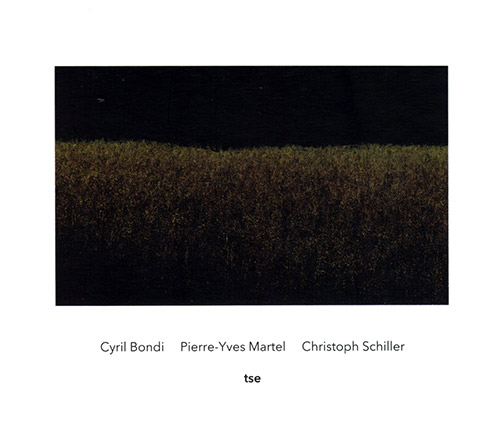
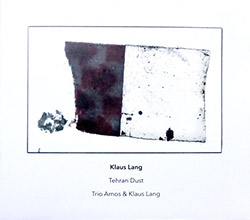
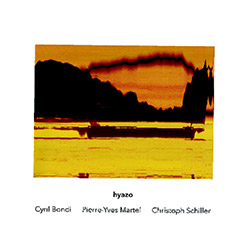
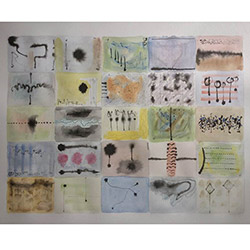
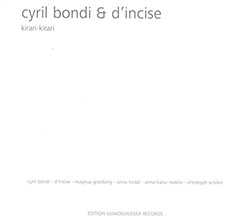
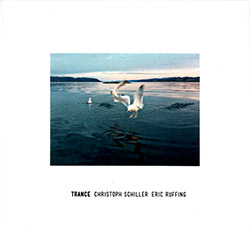
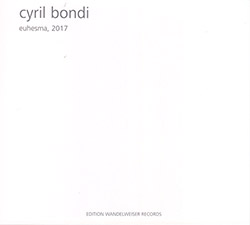
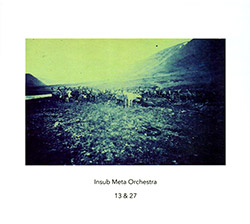
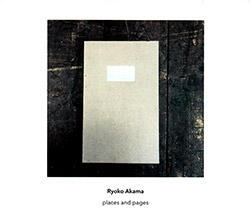
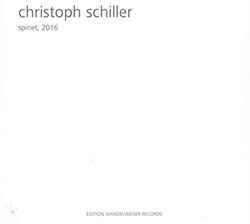
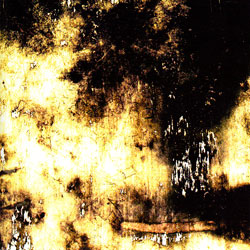
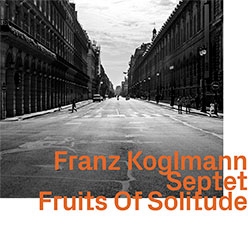
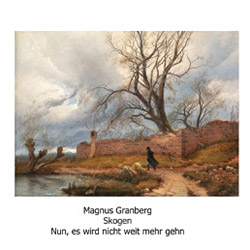
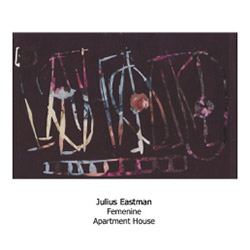
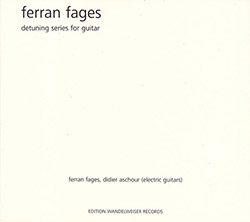
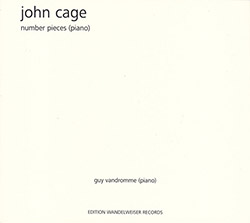
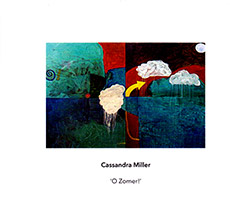
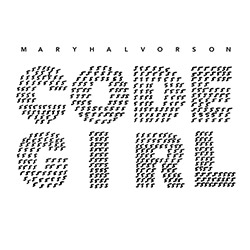
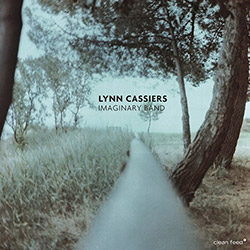
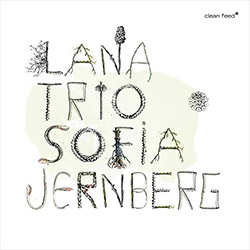
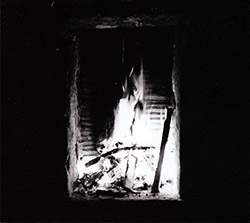
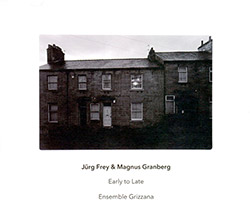
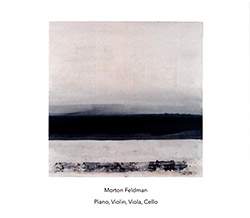
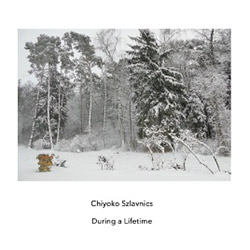
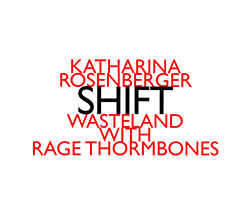
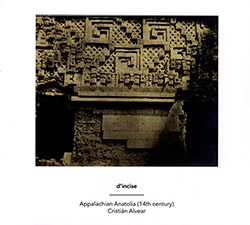
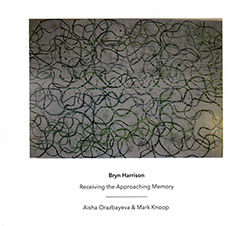

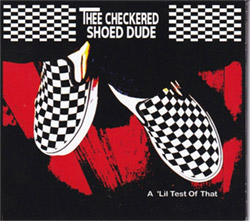
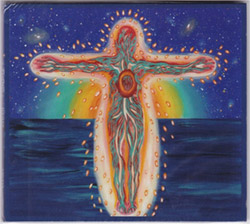
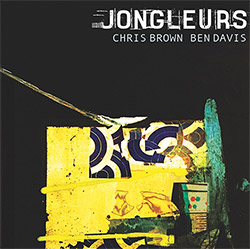
![BlueRing Improvisers: Materia [2 CDs]](https://www.teuthida.com/productImages/misc4/36513.jpg)
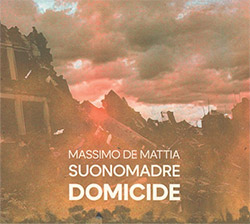
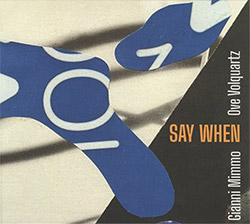
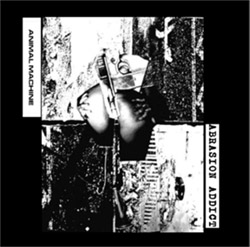

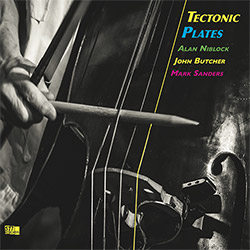
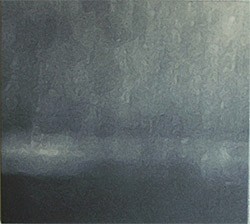

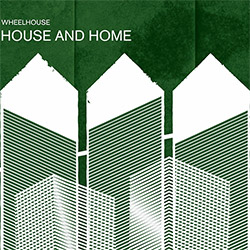
![Wheelhouse (Rempis / Adasiewicz / McBride): House And Home [VINYL]](https://www.teuthida.com/productImages/misc4/36462.jpg)
![+DOG+: The Light Of Our Lives [2 CDs]](https://www.teuthida.com/productImages/misc4/36009.jpg)

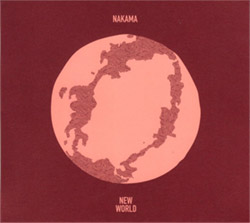
![Parker, Evan / Jean-Marc Foussat: Insolence [VINYL]](https://www.teuthida.com/productImages/misc4/36398.jpg)
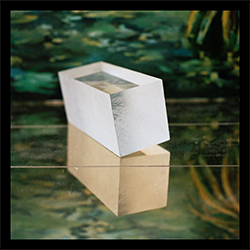
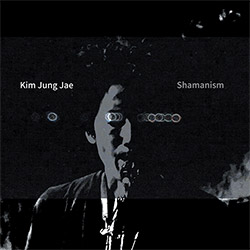
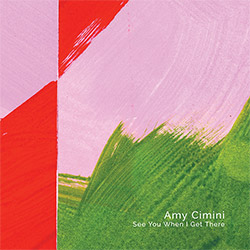
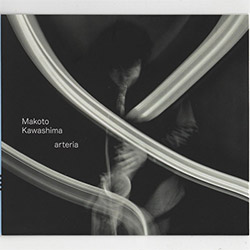
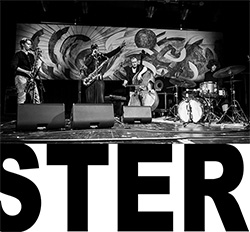
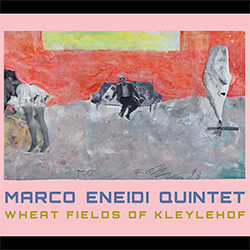
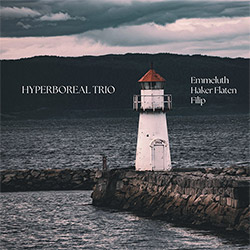
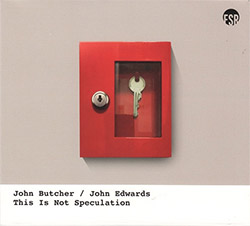
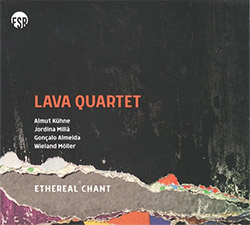
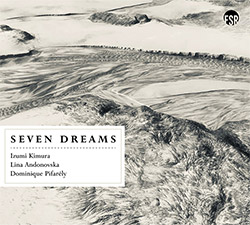
![Deupree, Jerome / Sylvie Courvoisier / Lester St. Louis / Joe Morris: Canyon [2 CDs]](https://www.teuthida.com/productImages/misc4/36404.jpg)

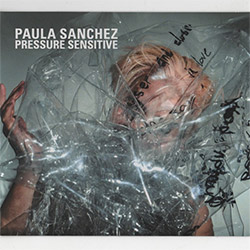

![Eventless Plot | Haarvol: The Subliminal Paths [CASSETTE + DOWNLOAD]](https://www.teuthida.com/productImages/misc4/36232.jpg)

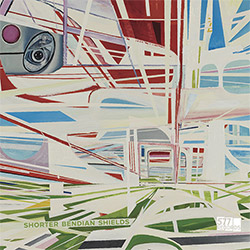
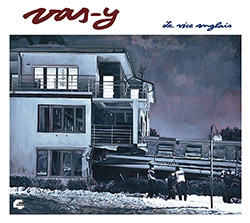
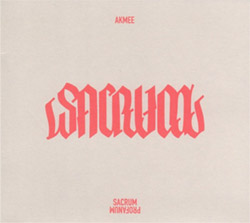

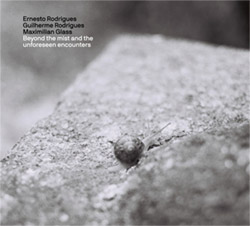
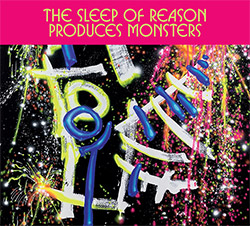
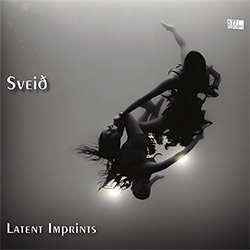
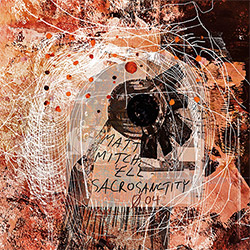
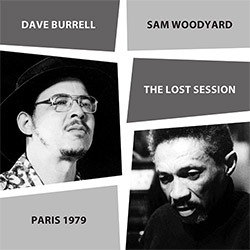
![Eventless Plot | Francesco Covarino: Methexis [CASSETTE + DOWNLOAD]](https://www.teuthida.com/productImages/misc4/36231.jpg)
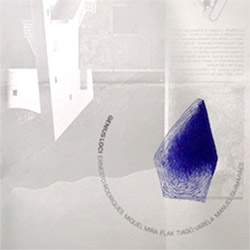
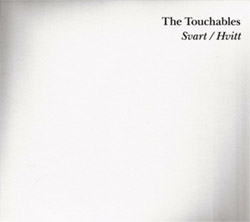
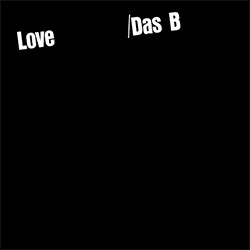
![Das B (Mazen Kerbaj / Mike Majkowski / Magda Mayas / Tony Buck): Love [VINYL]](https://www.teuthida.com/productImages/misc4/36329.jpg)
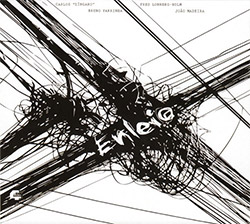

![Eternities: Rides Again [CASSETTE]](https://www.teuthida.com/productImages/misc4/36247.jpg)
![Lopez, Francisco: Untitled (2021-2022) [2 CDs]](https://www.teuthida.com/productImages/misc4/36438.jpg)


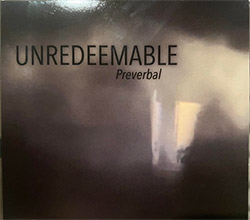
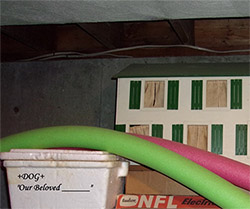
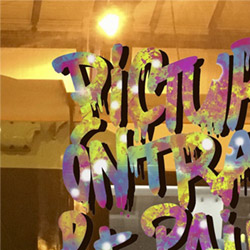
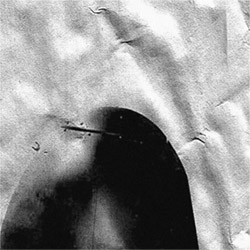
![Money : Money 2 [2 CDs]](https://www.teuthida.com/productImages/misc4/35894.jpg)
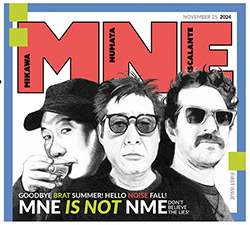

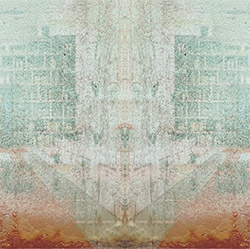
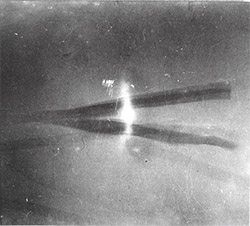
![Klinga, Erik: Elusive Shimmer [VINYL]](https://www.teuthida.com/productImages/misc4/36258.jpg)
![CHANGES TO blind (Phil Zampino): Volume 9 - I Wave on a Fine Vile Mist [CD + DOWNLOAD]](https://www.teuthida.com/productImages/misc4/36061.jpg)

![Wallmart / Rubbish: Asset Protection [split CD]](https://www.teuthida.com/productImages/misc4/35900.jpg)
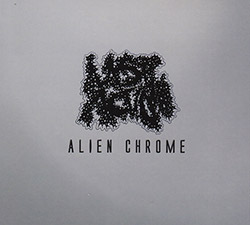
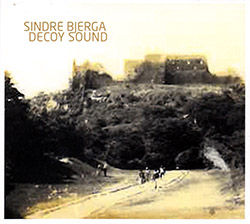
![+Dog+: The Family Music Book Vol. 5 [2 CDs]](https://www.teuthida.com/productImages/misc4/35897.jpg)
![Kuvveti, Deli : Kuslar Soyledi [CASSETTE w/ DOWNLOAD]](https://www.teuthida.com/productImages/misc4/36107.jpg)

![Brown, Dan / Dan Reynolds: Live At The Grange Hall [unauthorized][CASSETTE]](https://www.teuthida.com/productImages/misc4/36245.jpg)


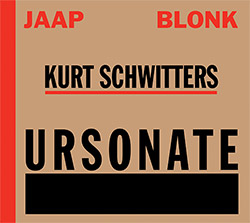
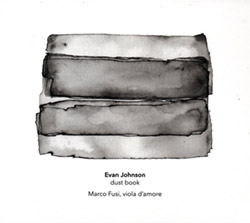
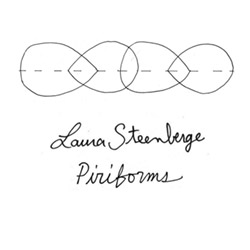
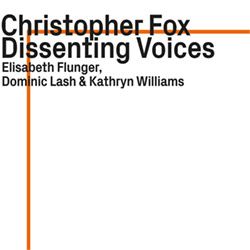

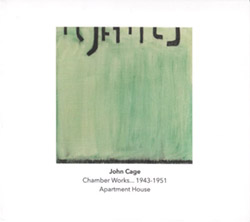
![Palestine, Charlemagne / Seppe Gebruers: Beyondddddd The Notessssss [VINYL]](https://www.teuthida.com/productImages/misc4/36206.jpg)
![Palestine, Charlemagne / Seppe Gebruers: Beyondddddd The Notessssss [NEON GREEN VINYL]](https://www.teuthida.com/productImages/misc4/36207.jpg)
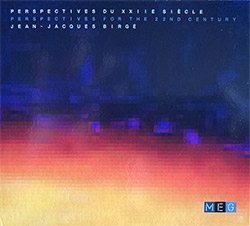
![Laubrock, Ingrid: Purposing The Air [2 CDs]](https://www.teuthida.com/productImages/misc4/35639.jpg)
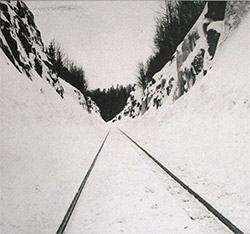
![Yoko, Ono / The Great Learning Orchestra: Selected Recordings From Grapefruit [2 CDs]](https://www.teuthida.com/productImages/misc4/35841.jpg)

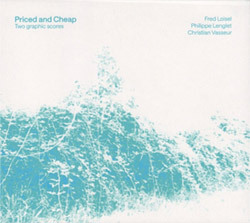
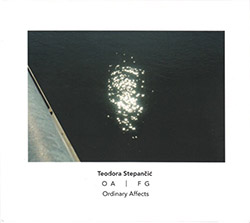
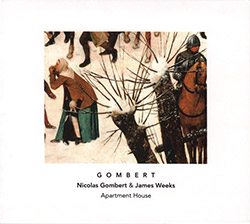

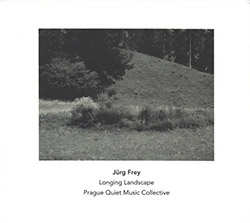
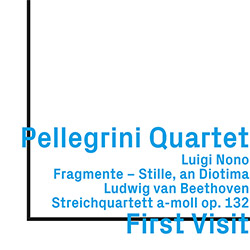

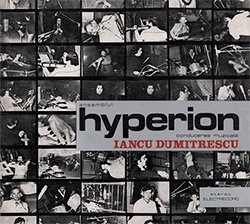
![Zorn, John / JACK Quartet: The Complete String Quartets [2 CDs]](https://www.teuthida.com/productImages/misc4/35609.jpg)
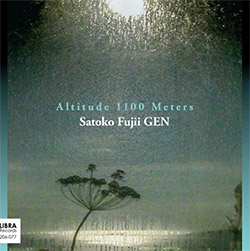
![Lonsdale, Eden: Dawnings [2 CDs]](https://www.teuthida.com/productImages/misc4/35480.jpg)
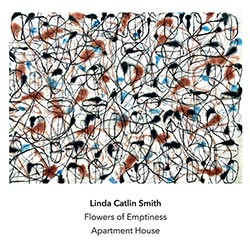
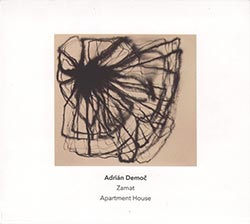

![Sorry For Laughing (G. Whitlow / M. Bates / Dave-Id / E. Ka-Spel): Rain Flowers [2 CDS]](https://www.teuthida.com/productImages/misc4/35985.jpg)

![Rolando, Tommaso / Andy Moor : Biscotti [CASSETTE w/ DOWNLOADS]](https://www.teuthida.com/productImages/misc4/36106.jpg)


![Electric Bird Noise / Derek Roddy: 8-10-22 [CD EP]](https://www.teuthida.com/productImages/misc4/35970.jpg)








![Elephant9 : Mythical River [VINYL]](https://www.teuthida.com/productImages/misc4/34624.jpg)



![Elephant9 with Terje Rypdal: Catching Fire [VINYL 2 LPs]](https://www.teuthida.com/productImages/misc4/35355.jpg)
![Deerlady (Obomsawin, Mali / Magdalena Abrego): Greatest Hits [VINYL]](https://www.teuthida.com/productImages/misc4/34876.jpg)
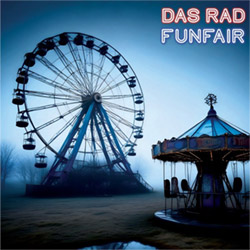
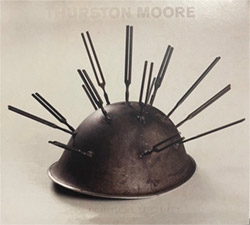
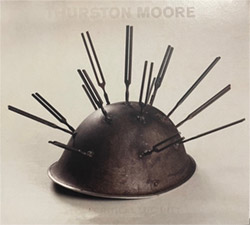
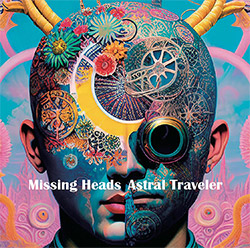
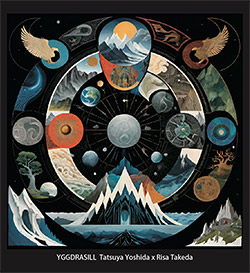
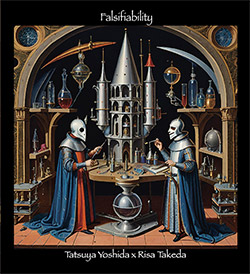
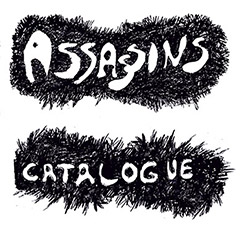
![Surplus 1980: Illusion of Consistency [CD]](https://www.teuthida.com/productImages/misc4/35069.jpg)
![Staiano, Moe: Away Towards the Light [VINYL + DOWNLOAD]](https://www.teuthida.com/productImages/misc4/35037.jpg)
![Coley, Byron: Dating Tips for Touring Bands [VINYL]](https://www.teuthida.com/productImages/misc4/17906.jpg)

![Lost Kisses: My Life is Sad & Funny [DVD]](https://www.teuthida.com/productImages/misc4/lostKissesDVD.jpg)